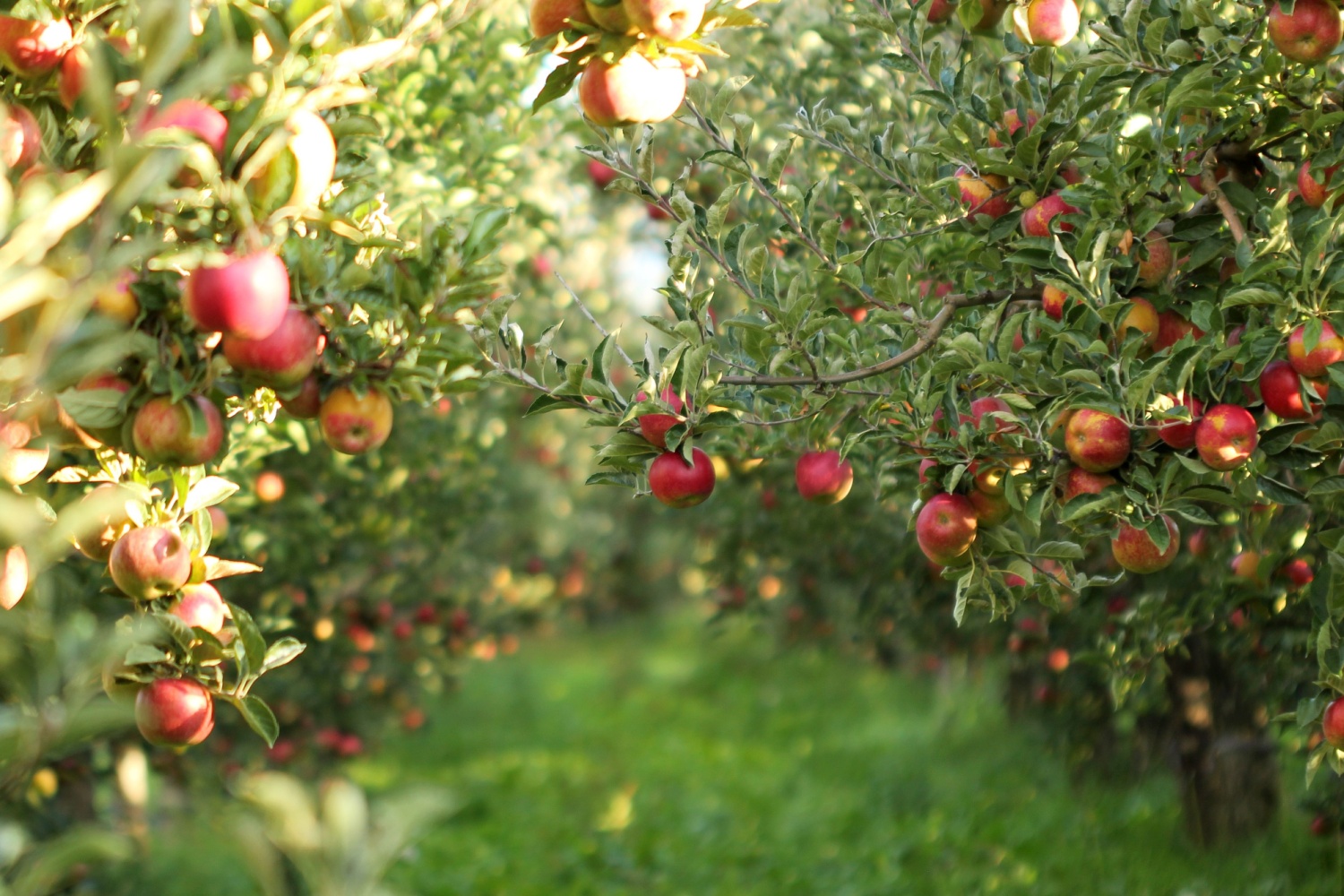Late summer and early fall are a great time to enjoy the harvest from various seasonal fruit trees, vines, and even bogs. So, what does potential protection for some of these crops look like this year, according to the USDA outlook?
Anthony Prillaman of the National Agricultural Statistics Service starts with apples.
“Production is estimated at 11.5 billion pounds. That is up 5.7% from last season. I do want to point out that production in Washington, the largest apple-producing state, is expected to be a record high for that state this year.”
With production up 7% year over year, the No. 2 apple-producing state, New York, is also seeing increased output compared to 2024.
Turning to apples’ pome cousin: pears.
“Pear production in 2025 is expected to be up 22.4% from last year.”
Pears are grown in the three Pacific Coast states. While Washington and Oregon both report higher production than the previous year, California’s rise in pear production in 2025 represents a rebound from lower production totals in 2024.
Now, peaches. While earlier indications suggested slightly less production of California clingstone and freestone varieties from the prior year, the USDA’s latest forecast also includes data from other peach-producing states, such as Georgia and South Carolina.
“Peach production is forecast to be down 3.8% from last year.”
Both Southeastern peach-growing states report year-over-year declines in production for their crops.
Turning to grape production:
“Production is estimated at 5.59 million tons. That is up 3.4% from 2024.”
California is far and away the nation’s largest grape-growing state. While table grape production is unchanged year over year and raisin grape production numbers were lowered by 10,000 tons, an increase in wine grape production was a significant driver of total U.S. grape production being higher in 2025.
Finally, an outlook on U.S. cranberry production for this year:
“Cranberry production is estimated to be down 9.1% compared with last year. Production in Wisconsin is expected to be down a little over 3% from last season, while production in Massachusetts is expected to be down 22% due to less-than-ideal growing conditions in that state.”


